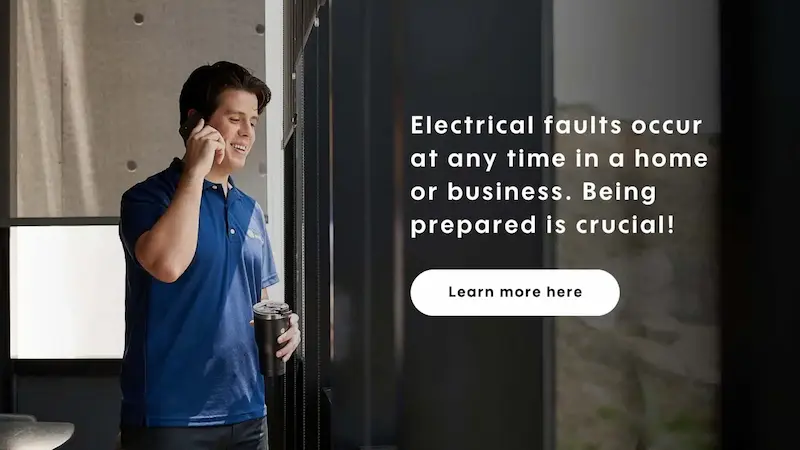The malfunction of a circuit or an electrical network is produced by human or external causes, and is known as an electrical fault. The implementation of the most suitable solution will depend on the correct analysis of this situation or set of events.
What is a power failure?
This concept is also known as a fault current in an electrical power system and evidences the existence of an anomaly or a condition that generates negative impacts.
What are the external causes of electrical faults?
- Climatic phenomena: one of the most common are atmospheric discharges, as well as strong winds and hailstorms that damage substations and other components of the electrical network. Even floods cause damage and make it difficult to restore the grid.
For example, Colombia is one of the places with the highest lightning activity on the planet: 15 million flashes can fall in a year, ten times more than those recorded in Europe, according to measurements by Keraunos spin off of the National University of Colombia. - The effects of climate change: heat waves or rising temperatures can overload power grids. Likewise, the demand for refrigeration and air conditioning systems also exceeds the installed capacity.
In turn, prolonged outages or blackouts, as a result of these external causes, increase the incidence of power failures, especially in areas with poor infrastructure.
What are the internal causes of power failures?
- Human error: these occur for a wide variety of reasons, from a high altitude truck knocking down a cable in a rural area, to errors in the operation or maintenance of the electrical infrastructure.
- Insulation failures: when the condition of cables or other electrical components is not maintained, current flows through undesired paths, creating fault currents.
- Short circuits: this phenomenon produces high intensity fault currents that can even cause fires.
What are the consequences of electrical faults?
The most tangible effects of a power failure are power supply interruptions. There is also excessive heating of conductors and equipment or voltage drops. All this affects equipment and components.
Even the so-called electric arcs, which differ from short circuits, occur with noise, light or intense heat and can cause injuries to people as well as damage to property.
How do you know if an electrical failure has occurred?
The most visible signs are:
- Lights flickering or dimming.
- Toasted or burned wires.
- Sparks on electrical outlets or wires.
- Circuit breakers trip frequently.
- Wiring, equipment or components are heating up.
What measures should be taken to avoid electrical faults?
The following should be considered in companies:
- Strengthen the electrical network and upgrade transmission and distribution lines. This also implies having more weather-resistant equipment.
- To have smart grids and uninterruptible backup systems that not only provide continuity of service but also act proactively in the event of failures.
- Activate energy efficiency plans and diversify energy generation sources.
- Planning emergencies with contingency plans and power quality diagnostics also helps.
In homes, it should be taken into account:
- Be attentive to the signals and indicators that arise. For example, it is important to disconnect electrical appliances from the sockets if there is a signal. Then, reconnect them and observe if there is any flickering on the panel.
- If you have doubts about how to check the network at home, it is best to call a trusted technician or company. And avoid manipulating any component or solving a problem without having the proper knowledge.
While locating the source of the fault is key, as well as keeping informed about external events, the best option is to go to the main electrical panel and turn off the current, thus isolating all the energy in the home and avoiding risks. Care and prevention is paramount to avoid injury or death.

